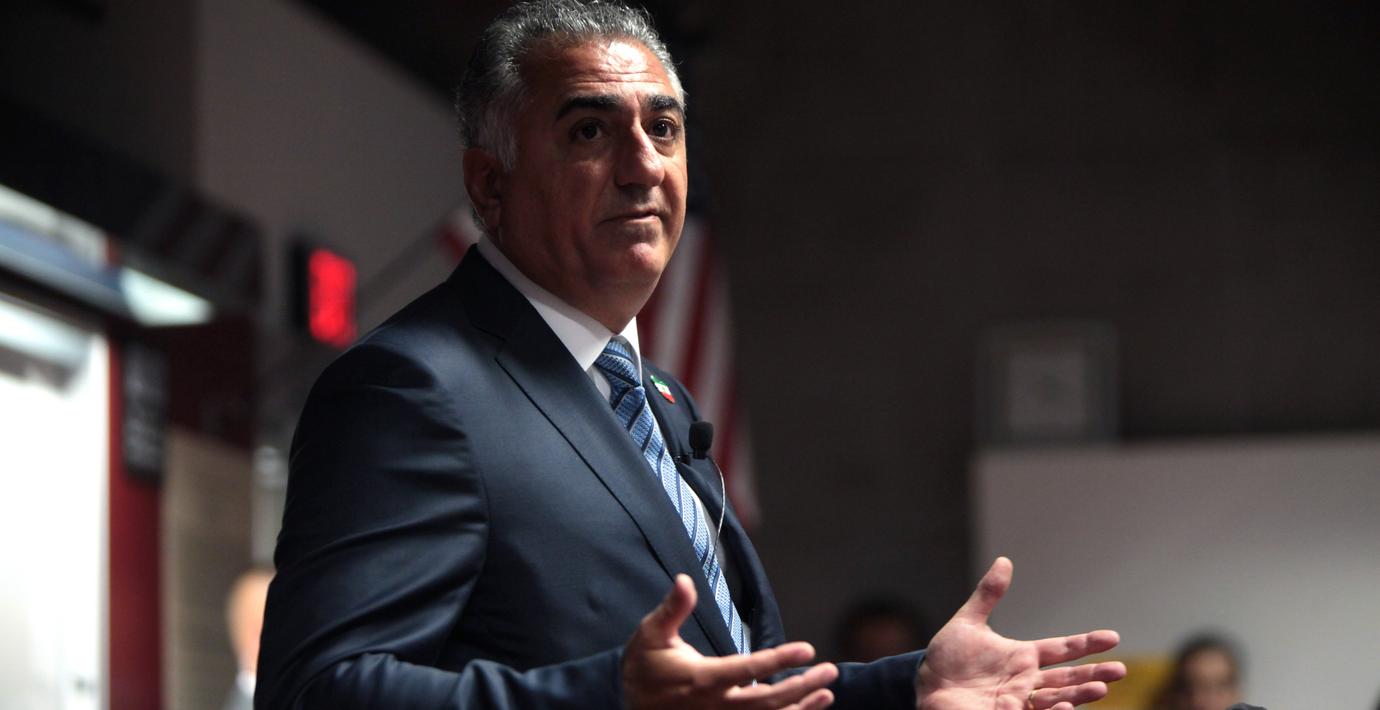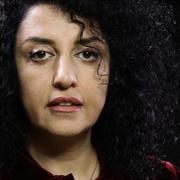bakgrund
Mohammad Reza Pahlavi
Wikipedia (en)
Mohammad Reza Pahlavi (Persian: محمدرضا پهلوی, pronounced [mohæmˈmæd reˈzɒː pæhlæˈviː]; 26 October 1919 – 27 July 1980), also known as Mohammad Reza Shah (محمدرضا شاه), was the last Shah (King) of the Imperial State of Iran from 16 September 1941 until his overthrow in the Iranian Revolution on 11 February 1979. Owing to his status, he was also known as the Shah.
Mohammad Reza Shah took the title Shahanshah ("King of Kings") on 26 October 1967 and held several other titles, including that of Aryamehr ("Light of the Aryans") and Bozorg Arteshtaran ("Commander-in-Chief"). He was the second and last monarch of the House of Pahlavi. His dream of what he referred to as a "Great Civilization" (Persian: تمدن بزرگ, romanized: tamadon-e bozorg) in Iran led to a rapid industrial and military modernization, as well as economic and social reforms.Mohammad Reza came to power during World War II after an Anglo-Soviet invasion forced the abdication of his father, Reza Shah Pahlavi. During Mohammad Reza's reign, the British owned oil industry was briefly nationalized by Iranian Prime Minister Mohammad Mosaddegh until an Army coup d'état supported by the UK and the US deposed Mosaddegh, reinstalled the Shah, and brought back foreign oil firms under the Consortium Agreement of 1954. The Shah went on to become a dominant figure in OPEC, promoting a surge in oil prices that crippled Western economies.
Mohammad Reza introduced the White Revolution, a series of economic, social, and political reforms aimed at transforming Iran into a global power and modernizing the nation by nationalizing key industries and land redistribution. The regime implemented many Iranian nationalist policies leading to the establishment of Cyrus the Great, Cyrus Cylinder, and Tomb of Cyrus the Great as popular symbols of Iran.
The Shah initiated major investments in infrastructure, subsidies and land grants for peasant populations, profit sharing for industrial workers, construction of nuclear facilities, the nationalization of Iran’s natural resources, and literacy programs which were considered some of the most effective in the world. The Shah also instituted economic policy tariffs and preferential loans to Iranian businesses which sought to create an independent economy for the nation. Manufacturing of cars, appliances, and other goods in Iran increased substantially leading to the creation of a new industrialist class that was considered insulated from threats of foreign competition. By the 1970s, the Shah was seen as mastered statesman and used his growing power to pass the 1973 Sale and Purchase Agreement.
These reforms culminated in decades of sustained economic growth that would make Iran one of the fastest-growing economies of both developed and undeveloped nations. During his 38-year rule, Iran spent billions on industry, education, health, and armed forces and enjoyed economic growth rates exceeding the United States, Britain, and France. National income rose 423 times over. The nation saw an unprecedented rise in per capita income rising to the highest level at any point in Iran's history and high levels of urbanization. By 1977, Iran's armed services spending, which the Shah saw as a means to end foreign intervention in Iran, had made the nation the world's fifth strongest military.By 1978, growing political unrest snowballed into a popular revolution leading to the monarchy's overthrow. The Jaleh Square massacre, where his military killed and wounded dozens of protestors and the Cinema Rex fire, an arson attack in Abadan that was largely but erroneously blamed on SAVAK, leading to protests across Iran, made his position in Iran untenable. The true perpetrators of the Cinema Rex fire, and whether they were pro- or anti-Shah remain unclear. A meeting of western leaders was perceived by the Shah as a withdrawal of their support. He left Iran for exile on 17 January 1979. While the Shah told his contemporaries in the West that he would rather leave than fire on his people, the number of protesters killed by his military is disputed, with the total number of people killed during the revolution ranging from 540 to 2,000 (historian figures) to 60,000 (figures of the Islamic Republic of Iran). Soon thereafter, the Iranian monarchy was formally abolished, and Iran was declared an Islamic republic led by Ruhollah Khomeini. The Shah died in exile in Egypt, where he had been granted asylum by President Anwar Sadat.




